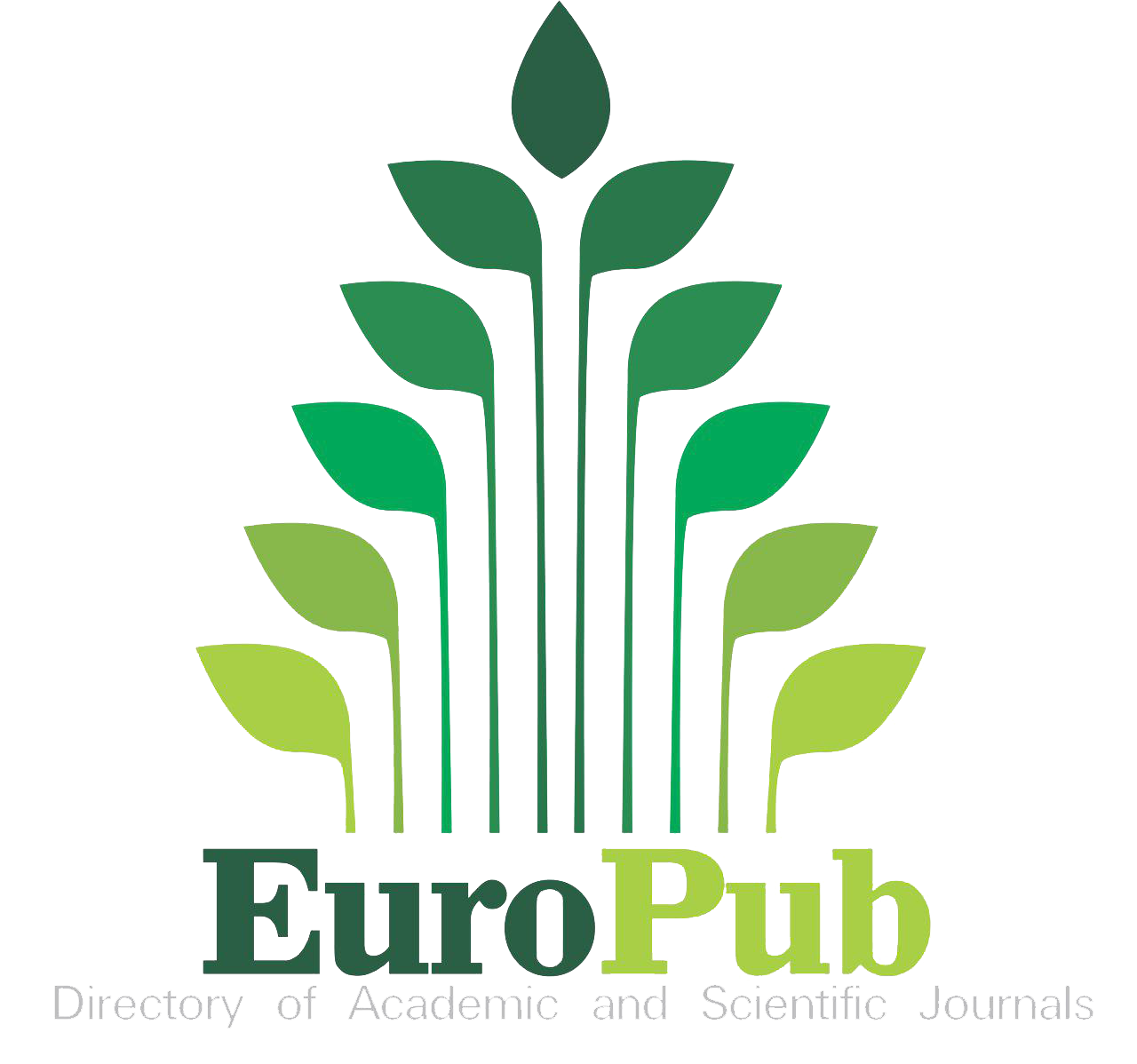THE ANALYSIS OF MATHEMATICAL CREATIVE THINKING SKILLS AND SELF-EFFICACY OG HIGH STUDENTS BUILT THROUGH IMPLEMENTATION OF PROBLEM BASED LEARNING AND DISCOVERY LEARNING
Abstract
This research implements Problem Based Learning and Discovery Learning model to analysis the increase of mathematical creative thinking skills, mistakes in the process of mathematical creative thinking, and self-efficacy of high school students in Tasikmalaya. The research method used is descriptive, data collection techniques through creative thinking ability tests and questionnaires mathematics self-efficacy. The instruments were previously assessed by experts in mathematics education. Based on the data analysis, it is concluded that the mathematical creative thinking abilities of students through Problem Based Learning is increasing compared to the mathematical creative thinking abilities of students through Discovery Learning. Mistakes students of mathematical creative thinking processes in Problem Based Learning, generally on flexibility and originality indicators. While at Discovery Learning, mistakes students of mathematical creative thinking processes is generally on sensitivity, flexibility and originality indicators. Flexibility is solving the problem with a variety of different ways, but the result is the same, and originality is to solve the problem in its own way does not use a standard formula. Sensitivity is the ability to detect problems. Self-efficacy of students in Problem Based Learning and Discovery Learning are both at high qualifications.
Keywords
Full Text:
PDFReferences
Alrahlah, A. (2016). How Effective The Problem Based Learning (PBL) in Dental Education. The Saudi Dental Journal. P. 155-161
Atan, H, Sulaiman, F, & Idrus, R.M., (2005). The Effectiveness of Problem Based Learning in The Web-Based Environment for TheDelivery of An Undergraduate Physics Course. InternationalEducation Journal. p.430-437
Chang, B.J. (2016). Problem Based Learning in Medical School: A Student’s Perspective. Annals of Medicine and Surgery Journal. Elsevier, p.88-89
Chen, H, Dai, J, & Gao, Y (2017). Measurement Invariance andLatent Mean Differences of The Chinese Version Physical Activity Self-Efficacy Scale Across Gender and Education Levels. Journal of Sport and Health Science xx, p.1-9
Evans, J.R. (1991). Creative Thinking in the Decision and Management Sciences. USA: South-Western Publishing Co
Fogarty, R. (1997). Problem-Based Learning and Other Curriculum Models for the Multiple Intelligences Classroom. Australia: Hawker Brownlow Education.
In’am, A & Hajar, S (2017). Learning Geometry Through Discovery Learning Using a Scientific Approach. International Journal of Instruction, Vol 10 No. 1 p.55-70
Leung, S.S. & Silver, E.A. (1997). The Role of Task Format, Mathematics Knowledge, and Creative Thinking on The Arithmetic Problem Posing of Prospective Elementary SchoolTeachers. Mathematics Education Research Journal. Elsevier, Vol 9 No.1 p. 5-24
Lingyi, H (2010). Using GPS to Design Narrative-Centered Environments for Guided Discovery Learning “Facade” a Case Study of a Nonlinear Story. Procedia Social and Behavioral Sciences Journal. Elsevier, p. 4032-4037
Maarif, S. (2016). Improving Junior High School Students’ Mathematical Analogical Ability Using Discovery Learning Method. International Journal of Research in Education and Science, Volume 2 Issue 1
Massyrova, et al (2014). Theoretical and Experimental Study of The Concept of The Students Creative Thinking. Procedia Social and Behavioral Sciences Journal. Elsevier, p.445-448
Munandar, U. (2002). Kreativitas dan Keberbakatan. Jakarta: PT Gramedia Pustaka Utama.
National Council of Teachers of Mathematics (1989). Curriculum and Evaluation Standars for Schools Mathematics. Reston, VA: Author
National Council of Teachers of Mathematics (1991). ProfessionalStandards for Teaching Matematics. Reston, VA: Author
Qudsyi, H & Putri, M.I (2016). Self-Efficacy and Anxiety of National Examination Among High School Students. Procedia Social and Behavioral Sciences Journal. Elsevier, p. 268-275
Ruseffendi, E.T. (1991). Pengantar kepada Membantu Guru
Mengembangkan Kompetensinya dalam Pengajaran Matematika
untuk Meningkatkan CBSA. Bandung: Tarsito.
Ratnaningsih, N & Patmawati, H (2015). Developing Character Based Interactive Learning Media to Facilitate Students’ selfLearning of Capita Selecta Mathematics (A Research on Mathematical Critical and Creative Thinking Skills of Mathematics Department Students of Teachers Training and Education Faculty of Siliwangi University). Prosiding Seminar Internasional ICTTE FKIP UNS
Ratnaningsih, N (2016). Development Interactive Learning Media to Excavate Ability Mathematical Creative Thinking Students. Prosiding Seminar Internasional FKIP UNY
Svecova, R, Rumanova, L, & Pavlovicova, G (2014). Support ofipil’s Creative Thinking in Mathematics Educations. ProcediaSocial and Behavioral Sciences Journal. Elsevier, p.1715-1719
Tompo, A, Ahmad, A, & Muris, M (2016). The Development ofDiscovery-Inquiry Learning Model to Reduce The Science Misconceptions of Junior High School Students.International Journal of Environmental & Science Education.Vol.11 No.12 p.5676-5686
DOI: http://dx.doi.org/10.26737/jpmi.v2i2.219
Refbacks
- There are currently no refbacks.
Published by:
Institute for Managing and Publishing of Scientific Journal
STKIP Singkawang
Jl. STKIP, Kelurahan Naram, Kecamatan Singkawang Utara, Kota Singkawang, Kalimantan Barat, Indonesia
Website: https://journal.stkipsingkawang.ac.id/index.php/JPMI/index
Email: [email protected]
JPMI Indexed by:
JPMI (Jurnal Pendidikan Matematika Indonesia) is licensed under a Creative Commons Attribution-NonCommercial 4.0 International License.



















